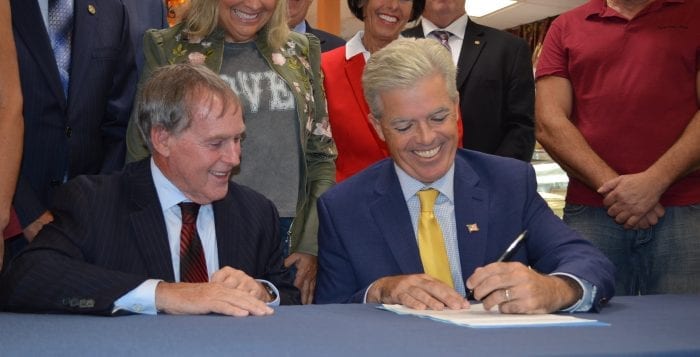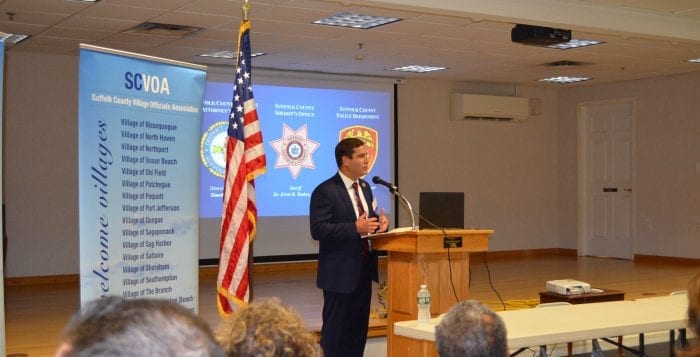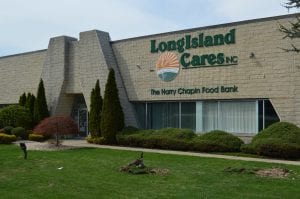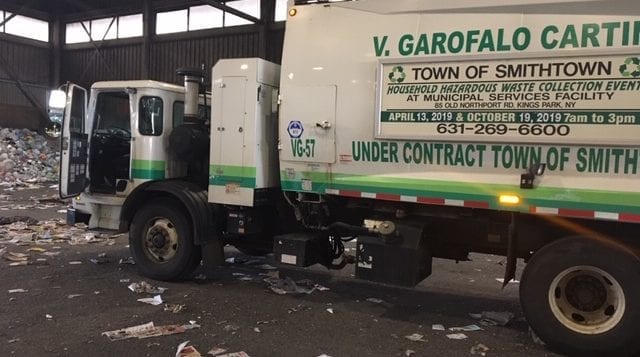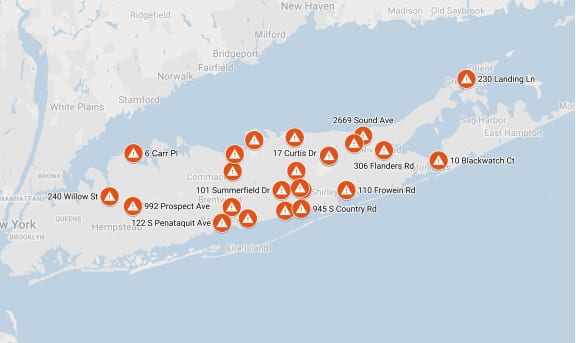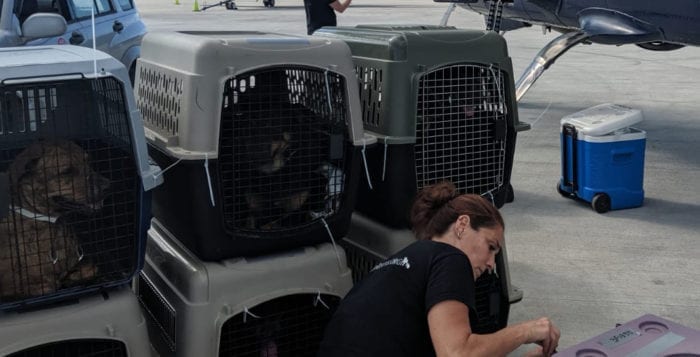A new study in the Sept. 20 issue of Science has found that in the United States and Canada bird populations have fallen a staggering 29 percent since 1970.
Such a dramatic drop has scientists concerned that the decline could be a sign of an ecosystem collapse. Habitat loss is considered a prime culprit.
Huntington resident Coby Klein understands the big picture. He’s an ecology professor at Baruch College and a guide with the Huntington-Oyster Bay Audubon Society.
“If the arctic continues to become warmer and drier, it will cause larger and more frequent fires,” he said. “Fires kill birds and destroy nesting habitats and drive down populations of sandpipers, gulls, terns, waterfowl and birds of prey that migrate through or winter on Long Island.”
The best thing people can do, if you really have an interest in protecting birds and the environment, he said, is to vote.
Otherwise, the Audubon Society is committed to transforming communities back into places where birds flourish. Sterile lawns, ornamental species, pesticides and herbicides mean that on a local level, the landscape no longer supports functioning ecosystems.
Klein himself said that he lives on a postage-stamp-sized lot and the only native plant that thrives in his yard is poison ivy. But he notes that the Audubon Society is sponsoring a campaign called Creating Bird-Friendly Communities. The program is designed to educate the public on what they can do to help reverse the damage done and revive disappearing bird populations.
Growing native plants is a key component to re-establishing the ecological functions of cities and towns, according to the society and its experts. And they say the concept is easier on the back and wallet.
To flourish, birds need (a) plenty of food, (b) shelter where they can rest, (c) clean water to drink and bath in and (d) safe places to raise their young. Native plants and the insects that co-evolved around them are vital to a healthy system. The more native plants, the Audubon emphasizes, the more food and shelter. More bugs, caterpillars and seed pods on more public and private land is part of the solution.
The Audubon’s Native Plants Database, which is on its website, suggests plants according to ZIP code. The choices were hand-selected by local experts and include information about the birds and creatures it benefits. Serviceberry, for example, is recommended for Long Island’s North Shore communities. The small, shrublike tree with dense branching produces white flowers in the spring followed by red, purple or black berries. It attracts butterflies and caterpillars, as well as warblers and woodpeckers and about nine other types of birds. The database can be a good first place to explore landscape options.
The Long Island Native Plant Initiative’s website is another good resource. The local nonprofit gathers wild seeds and makes native plants commercially available. It also grows and sells the native plant species to local nurseries to increase availability. Polly Weigand, the executive director, recommends requesting native plants from your favorite garden center to increase demand. It’s goal is to reach more businesses in the nursery industry. Once people get into the habit of providing suitable habitats, birds become less vulnerable and are potentially more capable of adapting to climate conditions, according to the Audubon.
Native gardens, experts agree, are also relatively maintenance free and require little to no special irrigation system or fertilizers or toxic chemicals. So, it saves time and money and is a healthier option for people in the long run.
This fall consider practicing less drastic and costly yard cleanup. The Audubon recommends leaving the seed heads of perennials in the garden and skipping the raking. Leaf litter, they say, is free fertilizer, and a good place for birds to forage for worms and other critters. If tree limbs fall, they say, consider building a brush pile that will provide birds with shelter from the wind and predators. Branches settle and decompose over the seasons and make room for the next year’s contributions.
Plant asters and woody shrubs like bayberry and winterberry this fall. The waxy fruit of bayberry provides an important source of energy to migrating birds. Evergreens, too, like cedars, firs and holly, provide shelter and something for birds to eat in winter. In general, milkweed, goldenrod and sunflowers are important plants for the rest of the year.
“When you plant native species in your home landscapes it’s a protective way of ensuring that invasive ornamental species seeds don’t spread and dominate the rest of Long Island’s landscape,” said Weigand.
Overall, the objective is to lose some lawn, or create pathways through it, and create habitat layers. Tall canopy trees produce nuts and provide nest cavities for shelter. Shrubs and small trees throw fruit for bird food and herbaceous plants supply seeds and a habitat for pollinators. Decaying leaves produce the base of all habitats. It also happens to be where moth pupae live, a favorite food of baby birds.
Start small, the Audubon states, and cluster plants in groupings of five or more of the same species. Pollinators, they say, prefer to feed from masses of the same flower. And remember to include a birdbath or hollowed out rock where rainwater collects, so birds have a supply of fresh water.
In the end, you’ve created a backyard sanctuary and a sure method for healthy, sustainable living.


